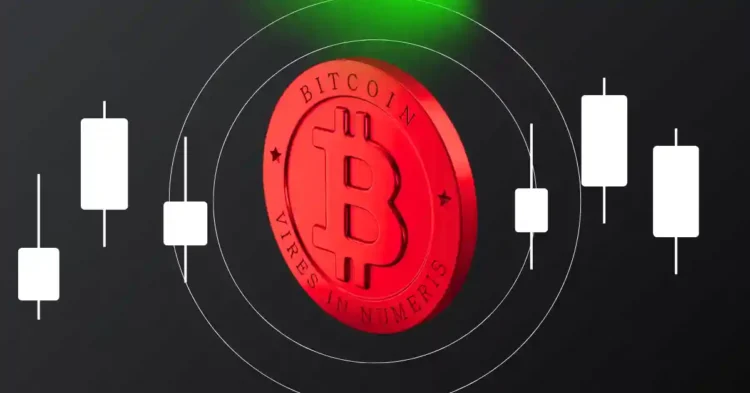The Future of Gold and Bitcoin: Insights from Lawrence Lepard
Lawrence Lepard, the Managing Partner at Equity Management Associates, recently shared his in-depth perspectives on the future trajectories of gold and Bitcoin, especially in the context of looming economic challenges. In a comprehensive dialogue with Stephan Livera, Lepard introduced a pivotal concept he dubs the “next big print,” suggesting that this could be a catalyst for significant price shifts in both gold and Bitcoin.
Anticipating a Financial System Crisis
Lepard anticipates that within the forthcoming six to 18 months, the global financial system might confront a critical crisis. This turmoil could emerge from various sectors, such as the bond or stock markets, compelling governments to intervene by injecting liquidity into the economy to stave off collapse. Lepard posits that such an intervention could propel Bitcoin to unprecedented heights, estimating its value between $300,000 and $350,000, while gold might ascend to a range of $4,000 to $5,000, both surpassing their previous records.
Potential Deflationary Pressures
Despite this optimistic outlook, Lepard cautions against the possibility of severe deflationary pressures. Such a scenario could lead to a liquidity crisis, potentially undermining government efforts to stabilize the economic landscape. In this case, he predicts a significant retreat for Bitcoin, dropping to approximately $85,000 to $100,000, while gold could also experience a considerable correction in its market value.
Future Monetary Interventions and Their Implications
Looking further into the future, Lepard envisions a subsequent wave of monetary interventions, which could result in even more drastic economic outcomes. In a worst-case scenario, as economic conditions deteriorate, governments might be compelled to implement Universal Basic Income (UBI) measures to support struggling citizens. Under such circumstances, Lepard foresees Bitcoin potentially reaching an astronomical value of one million dollars, and gold climbing to between $20,000 and $40,000, reflecting the heightened economic distress.
The Influence of the “Fourth Turning” Concept
Lepard’s analysis is significantly influenced by the “fourth turning” theory, which suggests that societal and economic cycles tend to recur every 80 to 100 years. He believes that we are currently experiencing such a turn, potentially leading to a major reset of the financial system in the timeframe of 2027 to 2031. This perspective underscores the cyclical nature of history and its impact on current economic trends.
An Optimistic Outlook on Technological Advancements
Amidst these predictions, Lepard maintains an optimistic outlook on the future. He argues that technological advancements, particularly in areas like artificial intelligence and nuclear energy, could significantly improve living standards. Lepard asserts that the evolution towards a more decentralized financial system holds the potential to alleviate societal tensions and prevent conflicts that arise from centralized government control. This shift could foster a more equitable and resilient economic framework for future generations.











